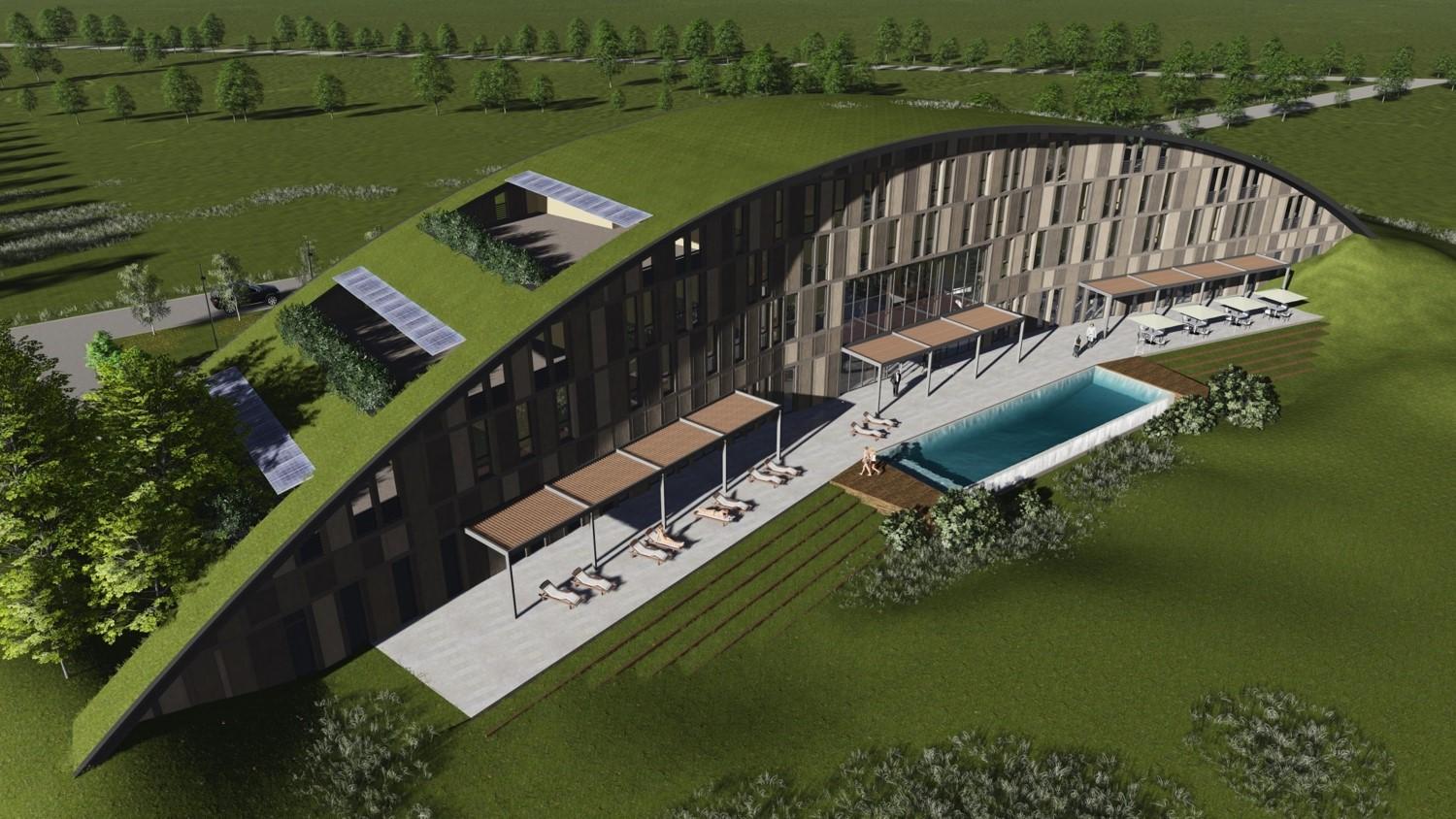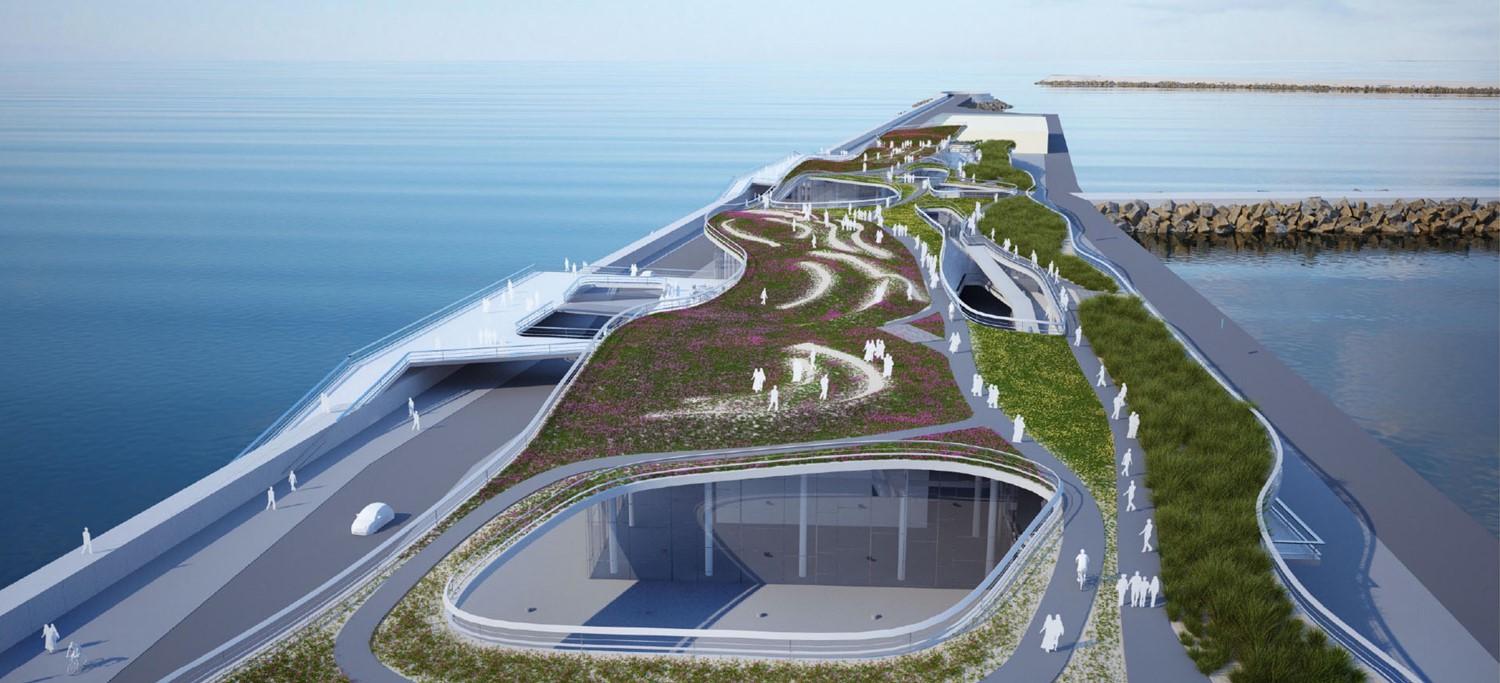MAPP Alumni Spotlight: Pablo Güiraldes, M.Arch '98
Pablo Güiraldes has a monumental task at hand: a complete overhaul of Argentina's public housing. Unlike many western countries—like the U.S., where he sought his degree at Maryland—Argentina is light years behind the curve when it comes to regulation of housing design, construction standards and master planning, resulting in isolated, segregated housing for the country's most vulnerable. Now, as National Director for Urban Development and Secretariat of Housing and Habitat for the Ministry of Interior, Public Works and Housing, Pablo is at the helm of a housing revolution, one that has already shown immediate improvement in the urban design sustainability and placement of housing projects.
Prior to his appointment in Argentina, Pablo worked with a host of clients to inform sustainably-rich, innovative designs throughout the Americas, from walking communities and hotels to the Glaciarium Patagonia Ice Museum in Santa Cruz, Argentina. Below, Pablo talks about how the right regulations can promote equity and the changing landscape of South America.
Notable project from this past year: Urban Design Guidelines for Public Housing in Argentina. Last year we worked hard to establish a new approach to designing and developing Public Housing in Argentina. For years, we have been building public housing projects that are in the wrong locations, that are poorly developed and designed, and that are isolated. The results were neighborhoods with low quality of life, as well as social and physical segregation. We had to change this, but since we are not in charge of the actual design, we had to find a way to have a meaningful impact on this state of affairs. Being a federal country, provinces and cities have the power to define their own priorities, and to design and build their own projects.
We started with a very simple tool, a "Traffic Light" form that public housing authorities in every province and city must complete before applying for financial support for each project. Using a scoring system, we can deny support if the project does not reach some minimum score. Some categories are mandatory, so if the project does not meet them it is excluded right away.
The result was an immediate and measurable improvement in urban design quality of the projects, making them more feasible in economic, social and environmental terms.
A new tool or technology you cannot live without: For me, every technology or tool is great as long as we support it with the personal and collective commitment, the vision and the will to improve the way we create places for people to live. Once again, public authorities in Argentina are really behind in adopting technologies of any sort, but also in implementing participatory planning, public hearings and advocacy in urban planning, social and environmental issues. I have a lot of faith in the potential of crowdsourcing and crowdfunding initiatives, but to be able to use them in a meaningful way, authorities must create the public mechanisms that translate this into action, through public policies, programs and project funding that impact the actual lives of people in measurable ways.
Innovation/Idea for shaping the built environment that you think holds promise: I have been working in urban design and planning for the last 25 years. Some of the ideas that I respect the most were developed several hundred years ago, some are 50 years old and some are totally new. These are not just ideas but holistic approaches to the city and the built environment. The ones that I think hold the most promise are those that integrate an understanding of human scale, urban patterns, environmental science, community participation and public financing. The work of the New Urbanists is an example of this, and Gehl Architects is doing a great job of bringing urban spaces back to life. At the regional level, and with a different approach, I am intrigued by the work of Shlomo Angel and his team in the Atlas of Urban Expansion. In South America, there have been a lot of advances in planning, with cities such as Curitiba, Medellin and others leading the way in transportation, slum urbanization and social integration. Buenos Aires has also been moving ahead under President (and former Mayor) Mauricio Macri and Mayor Horacio Rodriguez Larreta. Public transportation, bike lanes, new economic districts, slum integration and an overall improvement of public spaces have been some of the landmarks of both administrations.
The last great book you read:
I am rereading A Clearing in the Distance, a biography of Frederick Law Olmsted by Witold Rybczynski. It shows that times were always difficult, resources always limited, opposition always strong, but somehow, visionary people manage to work through all that and leave enduring legacies in terms of ideas and design, but also of places for people that last for centuries.
What’s next for you (professionally and/or personally): Until December 2019 I am committed with my current government job, which is a daily challenge. Beyond that, I think I will stay involved with urban design and planning, and also with architecture, mostly in Argentina.
Above:
Photo 1 - Puertos del Lago walking community, Escobar; Buenos Aires. An environmentally friendly mixed-use, mixed density development in a wetland area North of Buenos Aires. The plan includes multifamily residential, commercial and office areas in a pedestrian-friendly master plan of 100 acres. Built area 2,000,000 sq. ft
Photo 2 - Hotel Sunchales. Sunchales, Santa Fe. This project for a 30,000-sq. ft. hotel is located in Ciudad Verde, a new community next to Sunchales, and next to the Sancor company headquarters.
Photo 3- Glaciarium Ice Museum, El Calafate, Santa Cruz. The 25,000-sq. ft. interpretation center is a gateway to the Perito Moreno National Glacier Park experience. It features scientific, historic and geographic contents to help the general public understand this great natural asset of Southern Patagonia.
Photo 4 - Delta Terra. Tigre, Buenos Aires. A Natural private reserve located in the Tigre River Delta, 20 miles North of Buenos Aires, the Tigre Delta is home to a rich ecosystem, with many species threatened by sprawl and lack of proper management. The reserve features many native plants, birds and amphibian species in a 50-acre site. The interpretation center includes historical and biological exhibits, a restaurant, observation decks and paths to the island center.
Photo 5 - Nort Pier competition, Mar del Plata, Buenos Aires. Our entry proposed an artificial dune featuring native species from the Atlantic coast, covering a 200,000 a sq. ft. complex including exhibition spaces, shops, restaurants and service areas.





